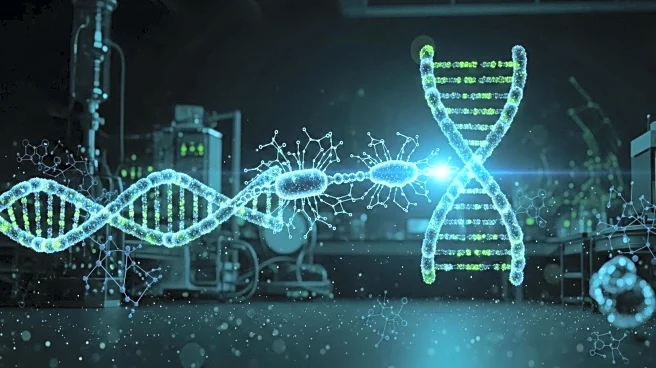What's Happening?
Recent advancements in the convergence of nanotechnology and CRISPR-based diagnostics are paving the way for more efficient and sensitive detection methods. Researchers are integrating CRISPR/Cas systems with nanotechnology to enhance the detection of nucleic acids and non-nucleic acid targets. This includes the development of novel biosensors and diagnostic platforms that leverage the unique properties of nanomaterials to improve the sensitivity and specificity of CRISPR-based assays. These innovations are expected to have significant implications for clinical diagnostics, particularly in the detection of infectious diseases and cancer.
Why It's Important?
The integration of nanotechnology with CRISPR-based diagnostics represents a significant leap forward in the field of medical diagnostics. By enhancing the sensitivity and specificity of CRISPR assays, these innovations could lead to earlier and more accurate detection of diseases, improving patient outcomes. This is particularly important in the context of infectious diseases and cancer, where early detection is crucial for effective treatment. The advancements could also reduce the cost and complexity of diagnostic tests, making them more accessible to a broader population.
Beyond the Headlines
The convergence of nanotechnology and CRISPR-based diagnostics could lead to a paradigm shift in how diseases are detected and monitored. The ability to detect diseases at an earlier stage could significantly impact public health strategies, allowing for more proactive and preventive measures. Additionally, the use of nanotechnology in diagnostics could open new avenues for personalized medicine, where treatments are tailored to the specific genetic makeup of an individual. This could lead to more effective and targeted therapies, reducing the risk of adverse effects and improving overall treatment outcomes.










